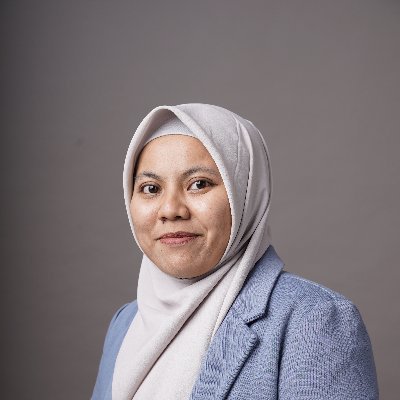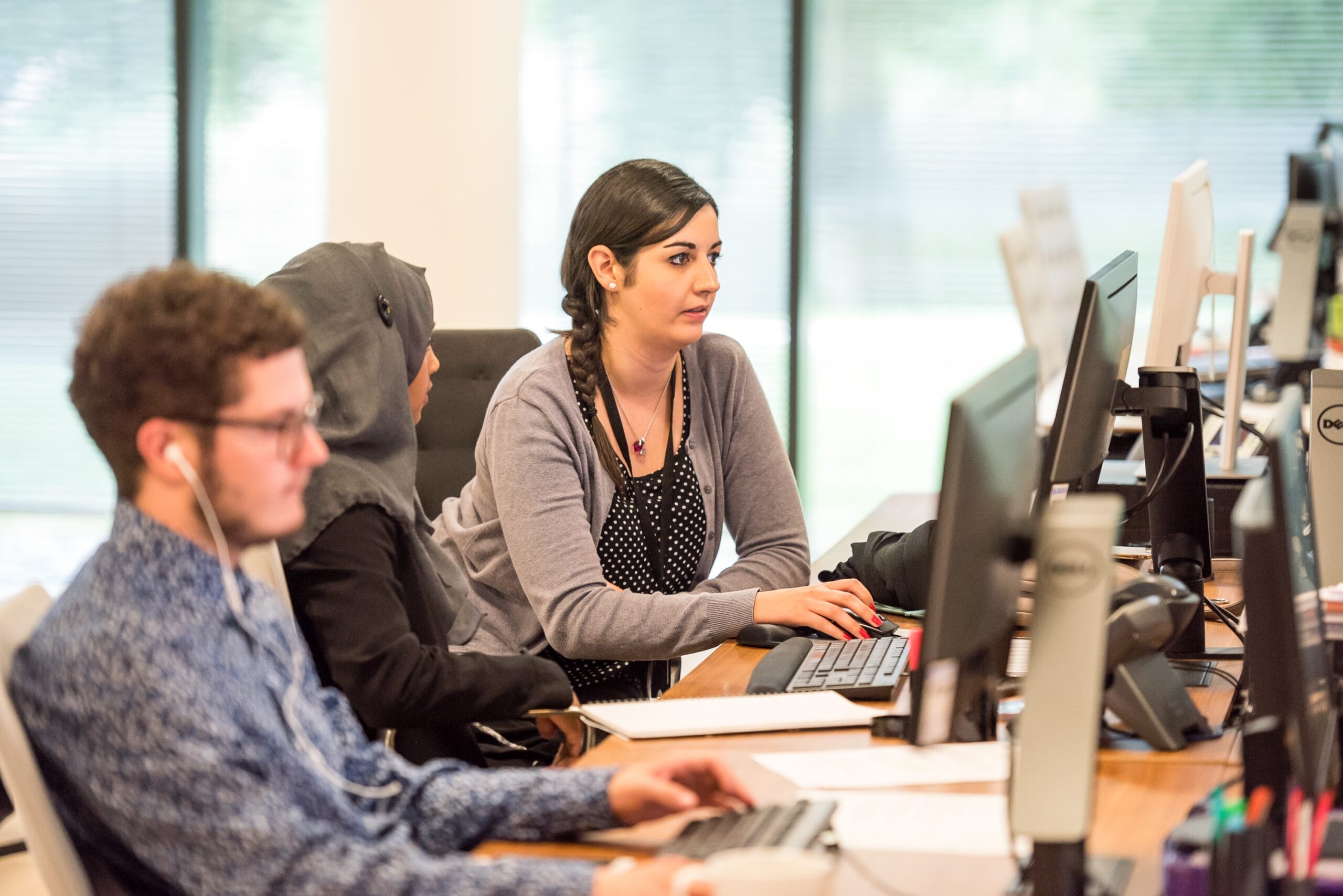Historically, before the Dutch came to Indonesia to invade in 1600s due to Indonesia’s rich lucrative spice commodity, the islands, which are now called Indonesia, were occupied by Austronesian people in 4500-6300 BP. The Austronesian people originated from Taiwan and then voyaged to the Philippines, Central, and Eastern Indonesia, and to northern and eastern coastal regions of the Island of Melanesia. Linguistic studies have found that Proto-Austronesian was the source of 10 languages developing in Taiwan in 4000 BC (Hallen, 1999b), but only Malayo-Polynesia of 10 languages was known to be the predecessor of languages spoken in Southeast Asia and Oceania (Melanesia, Micronesia, and Polynesia). Malayo-Polynesian itself is scattered throughout the Central, Eastern, and Western parts with an intermediate connection between the Central and Eastern parts. The Central Malayo-Polynesian was mostly spoken in eastern Indonesia such as East Nusa Tenggara, West Nusa Tenggara, North Maluku where the linguistic features have commonalities. While the Eastern Malayo-Polynesian is a group of languages spoken in Papua New Guinea and Oceania (Hallen, 1999a). The Western Malayo-Polynesian from Philipina were also scattered around Indonesia and influenced a lot of ethnic languages which exist today such as Javanese, Madurese, Sundanese, and Balinese.

After the first acquaintance with Austronesian people, Hinduism and Buddhism influenced came from traders, sailors, and priests who were on trade and voyaging from India to China and back and forth in the first century. Indian traders sailed to China first through the Silk Road (on land), but they changed their route to the ocean in the first decade of their trading (Rosfenti, 2020). Whereas, Islam first came to the islands when the Persian and Gujarat traders from India also came in the seventh century or 13th century to make a profit from spices that were cultivated around the volcanic areas of Indonesia (Dalimunthe, 2017). Long story short, the massive social mobility also resulted in the contact with various languages that the comers brought. The Malayo-Polynesian were eventually acculturated with other different languages such as Chinese, Arabic, Hindi, Urdu, and maybe other languages that have not been conclusive yet. The linguistic acculturation can be seen in words that Indonesian people use for communication. For example, the word kursi in Indonesian and korse in Madurese comes from Arabic word of كرسي (kursiyun), musykil in Urdu means muskil in Indonesian (hard), pisau (匕首) in Chinese means pisau in Indonesia (Knife), and many other examples. This language contact, in fact, was not only the product of economic influence but also came into place because of the intermarriage between the people with the earlier settlers. In short, human mobilization with its pulse and pause theory and relationship has existed since the first of ancestors came to occupy Indonesia.
One of the Malayo-Polynesian spoken by Orang Asli i.e., Semang people in Malay Pennisula was Malay. The highly engaged economic activities including fishing (Google Arts & Culture, 2022) between Semang people and Orang Sakai, formally called Orang Batin (Orang Asli in Sumatra who speak Sakai) have created a greater linguistic diversity and spread through the Straits of Malacca. Due to this strong language contact, Malay, Sakai, and Minangkabau share some linguistic attributes (Sofyan, 2009). The use of Malay was known to be strongly developed not only for the language of commerce but also diplomacy. Considering the vast diversity of ethnic languages across Indonesia, Malay was enacted as the lingua franca with which people across ethnic groups can communicate with each other. Its significance was then observed in other aspects of life such as cultural, religious, and administrative purposes despite Indonesia being colonized by the Portuguese (1509-1527), Spanyol (1521-1529), British (1602), Dutch (1602-1942), and Japan (1942-1945) (Rosfenti, 2020; Sato, 2006). The strong reason beyond this decision is that Indonesian serves as the most convenient language which does not have a complex grammatical structure that people across islands need to master, giving easier access for them to acquire and use it.
However, the Malay spoken by the people was not left original since the Dutch inspired to make it more structured. It was mentioned that in the 19th century, the Dutch documented the grammar of Malay spoken across the islands, especially in Riau. The standardization of Malay was brought by the Dutch to officialize Malay as the language of instruction at schools, and this process caused the language to be classed based on where it was used and who used it. A study conducted by Farid (2017) figured out two classes of Malay, High Malay/Melayu Istana (spoken by educated people) and Low Melayu/Melayu Rendah (practiced by a wider public). The Dutch were not used as a medium of instruction at schools because the people during the colonization period mostly spoke Malay. It was a political tactic from the Dutch to intensely spread the language because it made it easier to communicate with the people and run their acquisition of the land. In addition to that, when the Japanese invaded Indonesia, the Dutch were not allowed to be spoken at school levels. Within the short amount of the Japanese invasion, people in Indonesia did not acquire the language as fluently and massively as Malay. In 1928, through Sumpah Pemuda (Young People’s Vow), Indonesian was declared to be the official language for all kinds of domains for all people in the islands of Indonesia. It was later emphasized in 1945 when the Independence of Indonesia was announced, and Indonesia held a greater force to be the sole language to gather the consensus of being unrestrained across ethnic groups.
During the Dutch colonization, studying foreign languages was also considered important. The Dutch decided to include English as a foreign language subject at secondary school levels since before World War II, English was one of four compulsory European languages (Dutch, German, and French) taught in the Netherlands. Because of that, such a policy was also adopted during their sovereignty over Indonesia (Nababan, 1991). The Dutch received a strong aversion and were set aside from the curriculum because it was considered the language of colonials (Zein et al., 2020). However, English during World War II did not receive much attention and was even prohibited by the Japanese colonials from the secondary education curriculum. The importance of English as a foreign language was fertile after World War II when knowledge was pervasively produced in English. The power of English in science, technology, and history caused English to be positioned as a ‘library language’ (Nababan, 1991), ‘virtually universal language’ (Lengerke Kehoe, 2008), and ‘international language’ (Lauder, 2008). As English was already introduced in Dutch secondary education back then, it was still considered the language of elites. The high positioning of English in the community continues to happen and creates imperialism among languages used for local, national, and international communications. English is now spoken as the second language by the people whose first language is Indonesian and as the third and so-on language for people who speak an ethnic language as their first language. Nevertheless, recent studies on bilingualism have shared the linguistic genetic perspectives to balance how people view the existing languages to avoid the conundrum of their use.

Written by Imamatul Khair I Director of Sastra Lingua Indonesia
Sources
Dalimunthe, D. (2017). Kajian Proses Islamisasi di Indonesia (Studi Pustaka). Jurnal Studi Agama dan Masyarakat, 12(1), 115–125. https://doi.org/10.23971/jsam.v12i1.467
Farid, H. (2017). The Malay question in Indonesia. Inter-Asia Cultural Studies, 18(3), 317–324. https://doi.org/10.1080/14649373.2017.1347986
Google Arts & Culture. (2022). Proto-Malay. Google Arts & Culture. https://artsandculture.google.com/entity/proto-malay/m0f7257
Hallen, C. L. (1999a). The Austronesian Language Family. https://linguistics.byu.edu/classes/Ling450ch/reports/austronesian.html
Hallen, C. L. (1999b). What I’ve Learned about the Malayo-Polynesian Family of Languages. https://linguistics.byu.edu/classes/Ling450ch/reports/malayo-polynesian.html
Lauder, A. (2008). THE STATUS AND FUNCTION OF ENGLISH IN INDONESIA: A REVIEW OF KEY FACTORS. Makara Human Behavior Studies in Asia, 12(1), 9. https://doi.org/10.7454/mssh.v12i1.128
Lengerke Kehoe, M. von. (2008). The Paradox of Post-Colonial Historic Preservation: Implications of Dutch Heritage Preservation in Modern Jakarta. https://uwm.edu/wp-content/uploads/sites/231/2016/01/2008KehoeArticle.pdf
Rosfenti, V. (2020). Sejarah Indonesia. Direktorat SMA, Direktorat Jenderal PAUD, DIKDAS dan DIKMEN.
Sofyan, A. (2009). SEJARAH PERKEMBANGAN BAHASA SAKAI*). Linguistika: Buletin Ilmiah Program Magister Linguistik, 16.
Sato, S. (2006). Indonesia 1939-1942: Prelude to the Japanese Occupation. Journal of Southeast Asian Studies, 37(2), 225–248.
Zein, S., Sukyadi, D., Hamied, F. A., & Lengkanawati, N. S. (2020). English language education in Indonesia: A review of research (2011–2019). Language Teaching, 53(4), 491–523. https://doi.org/10.1017/S0261444820000208

